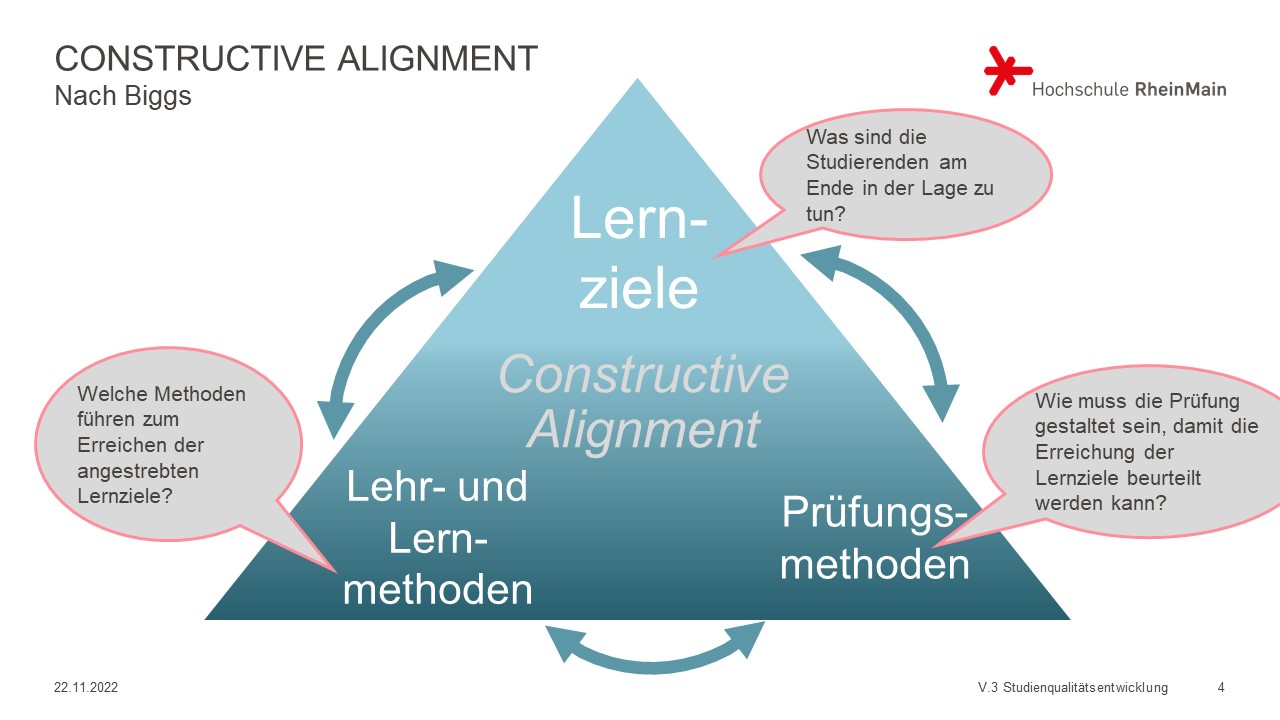 Using Marketing Data to Strengthen and Align Business Strategies
Using Marketing Data to Strengthen and Align Business Strategies
In today’s fast-paced business environment, having a strong and effective business strategy is crucial for sustainable growth and success. However, many businesses struggle to align their marketing efforts with their overall business goals, leading to missed opportunities and inefficiencies. The key to bridging this gap lies in using marketing data to refine key business questions, set executive objectives, and develop go-to-market plans.
The first step in aligning marketing strategies with business objectives is to understand the big picture. Effective marketing should always connect to the broader business strategy and contribute to the organization’s overall vision. This requires a clear understanding of how marketing goals align with larger business objectives. By aligning marketing decisions with the organization’s vision, businesses can ensure that their marketing efforts support their overall goals.
But what if there isn’t a clear business strategy in place? In this case, a little bit of reverse engineering can be done. By diving deep into PPC marketing data, businesses can gather key insights and data points to address foundational questions necessary for developing a clear and attainable business strategy. Platforms like Google Ads and LinkedIn Ads offer valuable demographic and firmographic reports that provide insights into who businesses are reaching and who is engaging with their ads. By analyzing this data, businesses can refine their identity and positioning in the marketplace.
The next step is to answer key business questions. The first question every business should ask itself is, “Who are we as a business?” This involves defining where the business stands in the marketplace, understanding the product or service being offered, identifying competitors, and refining the perception of the business. Marketing data and research tools can be used to find or refine answers to these questions, ensuring accuracy as the business environment changes. Competitor research can provide insights into market trends, competitor positioning, and gaps that can be exploited.
Another important question is, “What do we do well?” Answering this question will guide everything from positioning statements to customer-facing messaging. Established businesses can look into their existing customer data for insights, conduct SWOT analyses, and monitor customer feedback to understand what they do well and where there is room for improvement. Having a clear idea of what a business does well and being able to monitor and refine it is essential for guiding product development, sales team activities, and go-to-market strategies.
Armed with insights gathered from answering these questions, businesses can clarify their objectives and set a clear path for where they want to go. This involves absorbing the takeaways from the foundational questions, understanding the marketplace, and crafting a holistic method of reaching customers. Historical performance data can provide guidance into what is attainable, and projections can be made based on past performance, market factors, and available resources. By creating feedback loops from all teams involved in product development, promotion, and selling, businesses can continuously refine their strategies based on the actual market environment.
The insights gathered from marketing data can be applied in various ways to support a higher-level business strategy. Marketing data can inform the development of clear, actionable business objectives by understanding product-market fit and resource allocation. It can also help tailor go-to-market strategies to resonate with the target audience, support successful product launches, and ensure market penetration. By integrating marketing insights into broader business decisions, companies foster alignment across departments and strategically drive overall business success. Marketing data can also inform higher-level business strategies beyond traditional marketing areas, strengthening a company’s market position and operational efficiency.
Using marketing data enhances effectiveness, gains organizational support, and highlights the importance of marketing from the start. By utilizing existing marketing data, businesses can gain deeper insights that evolve with the business, enabling a strategy that adapts to the dynamic market. Answering high-level business questions is often challenging, subjective, and costly, but with marketing data, businesses can gain accurate insights that support sustainable growth and market leadership.
In conclusion, using marketing data to strengthen and align business strategies is essential for sustainable growth and success. By leveraging marketing data, businesses can refine key business questions, set clear objectives, and develop go-to-market plans that align with their overall business goals. By integrating marketing insights into broader business decisions, companies foster alignment across departments and strategically drive overall business success. Marketing data enhances effectiveness, gains organizational support, and highlights the importance of marketing from the start, ultimately enabling businesses to adapt to the dynamic market and achieve sustainable growth and market leadership.
